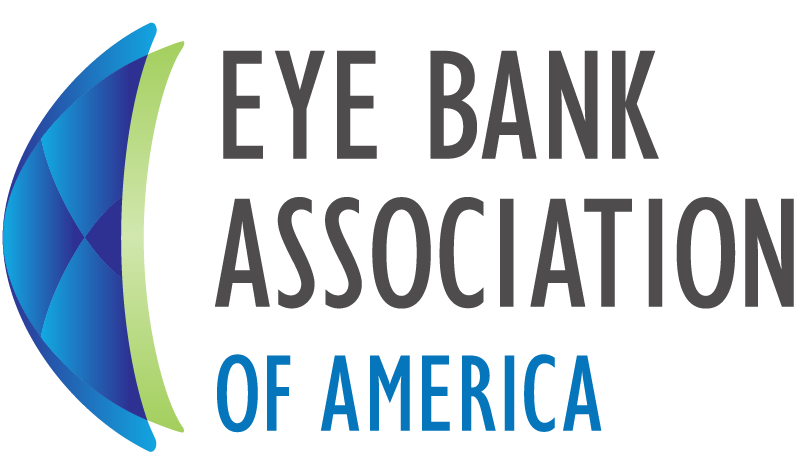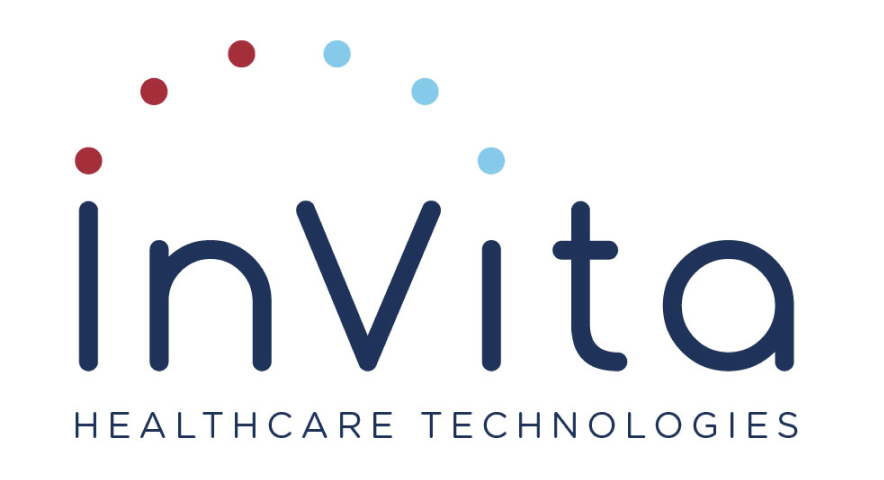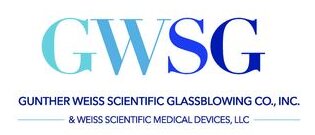Navigate this Section
EBAA’s Accreditation program provides a thorough review of an eye bank’s operations, policies and personnel. Performed by experienced eye bankers and corneal surgeons.
Accreditation Status
Eye banks are accredited to perform one or more of the following eye banking functions:
- Recovery: Procuring ocular tissue from donors
- Storage: Storing ocular tissue from recovery until final distribution
- Tissue Evaluation: Inspecting corneal tissue to determine whether it is suitable for intended surgical use
- Donor Eligibility Determination: Reviewing donors’ medical and social histories, infectious disease testing results, physical examination, and autopsy findings to determine whether their tissue is appropriate for transplant.
- Processing: Preparing the donor tissue to suit the specific needs of a corneal surgeon and his/her patients
- Final Distribution: Shipping tissue that has been released for transplant
Pre-Inspection Process
An eye bank seeking accreditation is assigned an inspection team consisting of an eye banker and a corneal surgeon. Both inspectors serve on EBAA’s Accreditation Board and possess extensive experience in eye banking and/or corneal transplantation. They are required to participate in semi-annual meetings to review and discuss new developments and innovations in the profession.
The eye bank completes a pre-inspection questionnaire (PIQ) documenting its staff’s qualifications and training; the facility’s relationships with outside agencies for serology and infection disease testing, sterilization and other services; and the testing and maintenance of all the eye bank’s significant processing and storage equipment. The PIQ and the eye bank’s policy and procedures manual are reviewed by the inspectors prior to their site visit, and additional information may be requested as needed.
On-Site Inspection
The site inspection stretches over two full days and includes review of all aspects of the eye bank’s operations, including:
- Policies and Procedures: Confirms that the eye bank’s policies meet or exceed EBAA’s Medical Standards and align with accepted eye banking best practices.
- Records Review: Ensures that the eye bank obtains and appropriately considers all relevant information when determining donor and tissue suitability. Inspectors also review the eye bank’s staff training, Quality Assurance procedures and tissue distribution records.
- Equipment Inspection Review: Affirms that all eye bank equipment is appropriately maintained and functions according to EBAA Medical Standards and the manufacturer’s guidelines, and that all materials and supplies are properly stored and documented.
- Technique Observation: An eye bank technician will demonstrate at least two tissue handing and preparation processes performed by the eye bank. These observations allow the inspection team to assess the technician’s proficiency and adherence with Medical Standards.
- Interviews: The inspection team conducts private interviews with the eye bank’s Executive Director, Medical Director, Quality Assurance Director and with technical staff. These conversations are a combination of free discussion and required questions to determine whether the eye bank’s staff know, understand, and properly apply its policies and procedures, along with EBAA’s Medical Standards.
The inspection team completes a site inspection questionnaire (SIQ) to record their findings in each of the areas listed above and to determine the eye bank’s score. Any deviations from Medical Standards or the eye bank’s policy are categorized as one of the following:
- Potential Threat: A failure that could endanger a cornea recipient or eye bank staff member
- Significant Observation: A serious deviation that does not rise to the level of a potential threat
- Non-Conformance: An issue that is out of compliance with Medical Standards or eye bank policy but is less significant.
Before ending the inspection, the team meets with key eye bank personnel to discuss their findings. During this conference, inspectors outline corrective actions and preventive actions (CAPA) the eye bank must perform to address citations noted during the inspection. Eye bank staff have the opportunity to respond and to offer immediate corrections. Eye bank staff may also discuss other aspects of eye bank management with the inspectors.
Review of Findings
Unresolved CAPA must be submitted to the inspection team and the Accreditation Board within ten days of the inspection. Inspectors notify the Accreditation Board co-chairs if they feel submitted CAPA are insufficient, and further action may be required.
EBAA’s Accreditation Board meets twice annually to decide the accreditation status of all banks inspected since the previous meeting. Each inspection team presents its findings in detail, noting all citations and providing context, including corrective actions taken by the eye bank; members of the Accreditation Board may ask questions of the inspectors to fully understand the circumstances of the inspection.
At the conclusion of the presentation, the full Accreditation Board casts anonymous votes on the accreditation status of the eye bank. There are three possible outcomes:
- Three Year Accreditation
- One Year Accreditation
- Denial of Accreditation.
A majority vote determines accreditations status, which may be granted contingent on additional CAPA proposed by the Accreditation Board during its deliberations.
Off-Cycle Inspections
An off-cycle inspection may be initiated if EBAA learns of changes in an eye bank’s operations, an increase in adverse patient reactions, or other quality measures that call into question its adherence to Medical Standards or the eye bank’s policies. This can include formal notification of deviations reported by eye bank staff, recovery partners or surgeons using the eye bank’s tissue.


